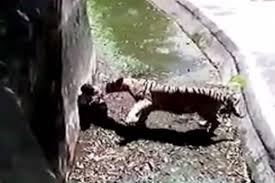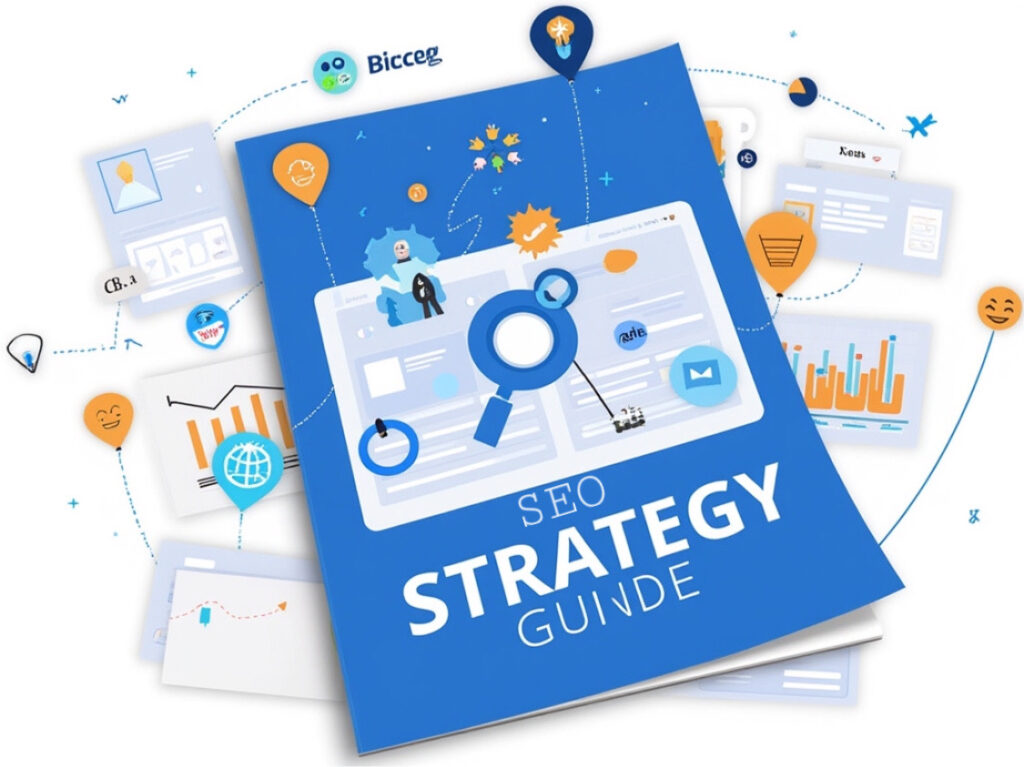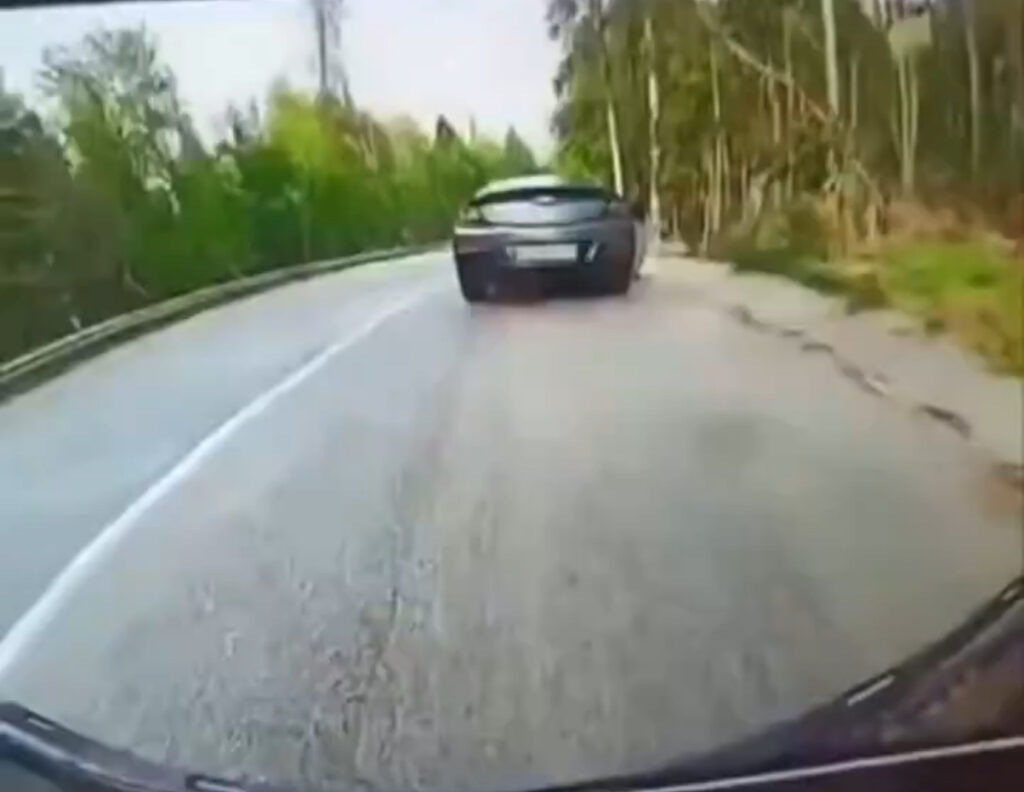
On September 23, 2014, a tragedy unfolded at the National Zoological Park in New Delhi, India, when a 20-year-old man named Maqsood fell into the white tiger enclosure. The shocking event, witnessed by many visitors, left people horrified as they watched the man being attacked and killed by the tiger. The incident raised significant questions about zoo safety, visitor behavior, and the measures taken to protect both animals and humans in captivity.
Maqsood, a resident of Delhi, had been visiting the zoo like any other tourist. According to witnesses, he crossed the safety barrier around the tiger enclosure, despite warnings from guards and onlookers. It’s unclear whether Maqsood slipped or deliberately entered the restricted zone, but once he fell into the moat surrounding the enclosure, his fate was sealed. The massive white tiger, named Vijay, initially observed the young man for several minutes. Witnesses said Maqsood crouched, appearing terrified and unsure of how to escape the situation.
For some time, the tiger did not immediately attack, seemingly curious about the presence of the human in its space. Onlookers attempted to distract the tiger by shouting and throwing stones, but their efforts were futile. Instead of retreating or allowing the man to escape, the tiger grew agitated and eventually pounced on Maqsood, grabbing him by the neck and dragging him across the enclosure. Within minutes, the tiger fatally mauled him, leaving onlookers in shock and disbelief.
This horrific incident sparked an immediate outcry about the zoo’s safety protocols. Many questioned how Maqsood had managed to get so close to the enclosure in the first place and why the zoo authorities failed to respond quickly enough to prevent the tragedy. While there were guards present at the scene, critics argued that the response was delayed, and measures like tranquilizers or emergency teams were not deployed in time to save the man’s life.
Following the incident, the zoo officials released a statement clarifying that the area around the enclosure was secured by a 3-foot fence, which Maqsood had crossed. The zoo’s administration claimed that the enclosure met the safety guidelines established for zoos in India. However, the tragic death highlighted the need for more stringent measures to prevent visitors from breaching restricted areas, whether by accident or intention. There was also criticism of the lack of sufficient warning signs or protective barriers that could have deterred someone from getting too close to the dangerous enclosure.
In the aftermath, reports surfaced suggesting that Maqsood may have been mentally distressed at the time of the incident. His family and friends mentioned that he had been suffering from depression, though there was no clear explanation as to why he would have climbed over the barrier. This led to further debate about the importance of mental health awareness and whether the zoo could have done more to prevent such an incident by increasing surveillance or having more trained personnel in the area.
The tiger, Vijay, remained a subject of debate after the attack. Some animal rights groups advocated that the tiger should not be punished or euthanized, arguing that it was merely acting on instinct within its territory. Vijay, having grown up in captivity, was not accustomed to humans entering its space, and the attack was viewed as a natural reaction to a perceived threat or intrusion. Ultimately, the zoo decided not to euthanize the animal, and Vijay continued to live in the enclosure under close supervision.
The incident at Delhi Zoo became a turning point for many zoos in India, prompting the National Zoological Park to review and enhance its safety measures. Fences around enclosures were fortified, and more stringent protocols were introduced to prevent visitors from getting too close to dangerous animals. Additionally, there was a push for better mental health screenings of visitors and more public awareness of the dangers of breaching safety barriers in zoos.
This tragedy is remembered not only for the horrifying nature of the attack but also for the questions it raised about human and animal interactions in captivity. It underscored the need for better infrastructure in zoos, stricter enforcement of rules, and a deeper understanding of mental health issues to prevent such incidents in the future. While Maqsood’s death was a tragedy, it served as a reminder of the fragile balance between humans and wildlife in controlled environments like zoos, where one mistake can have devastating consequences.









Leave a Reply